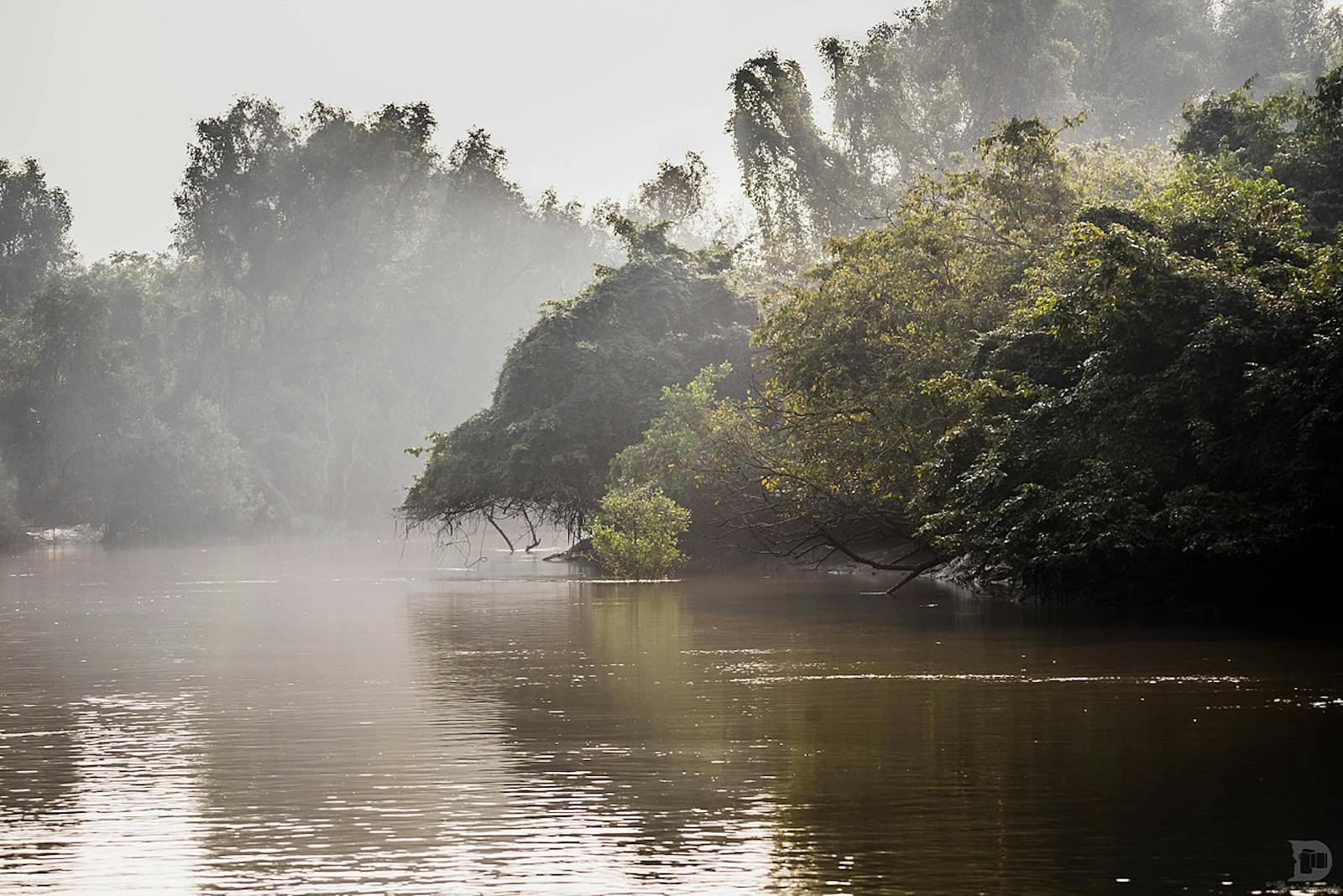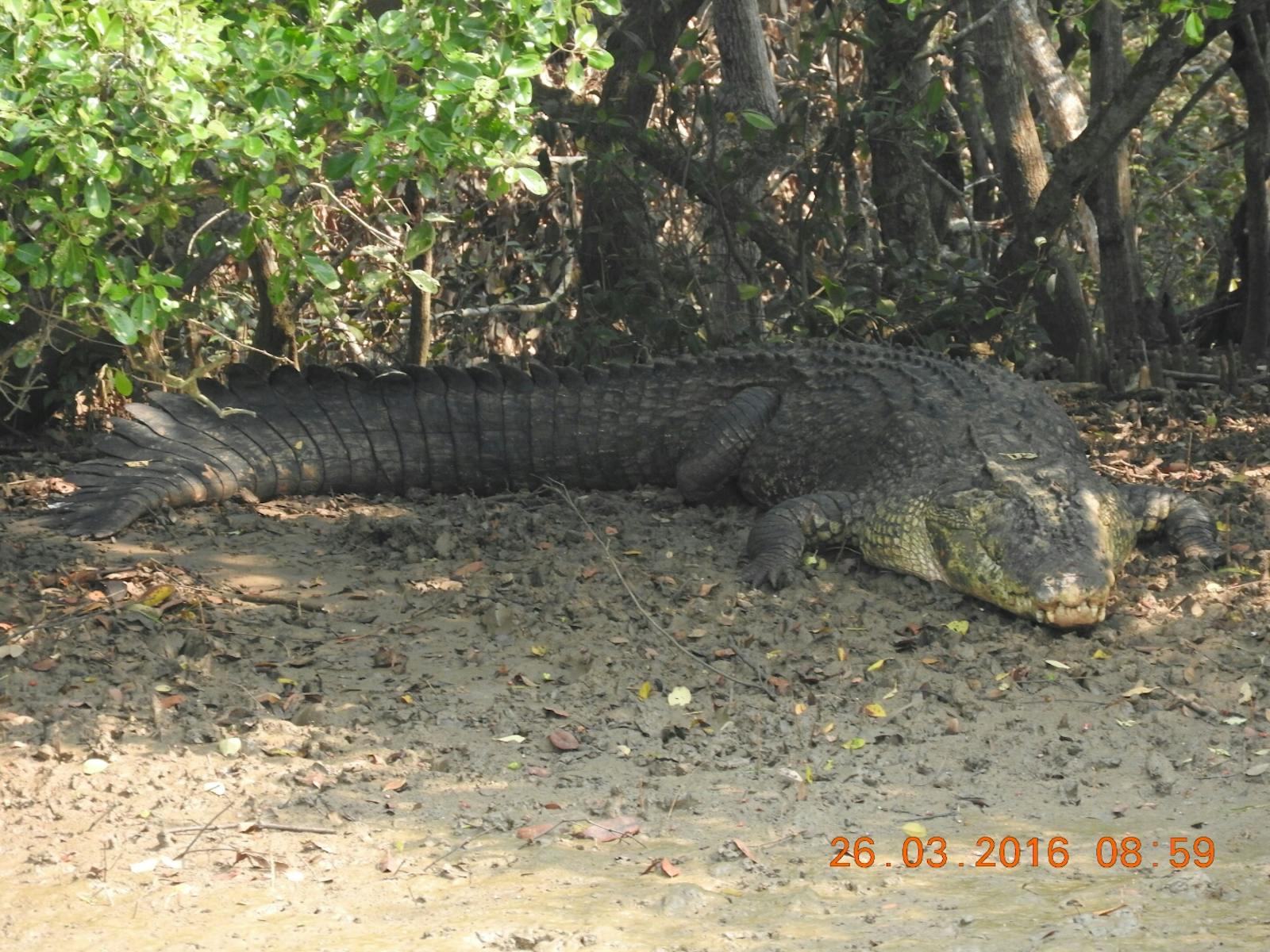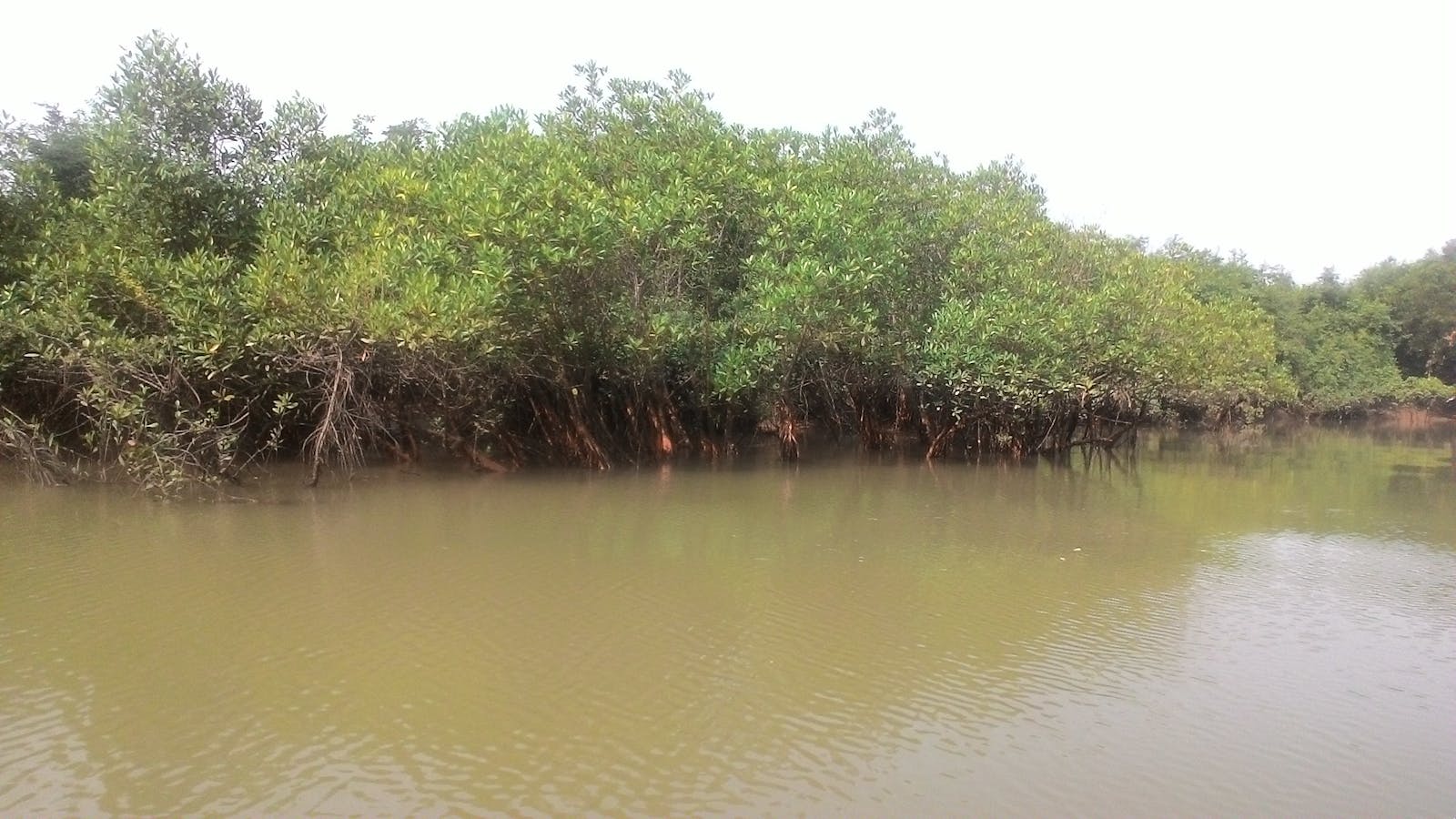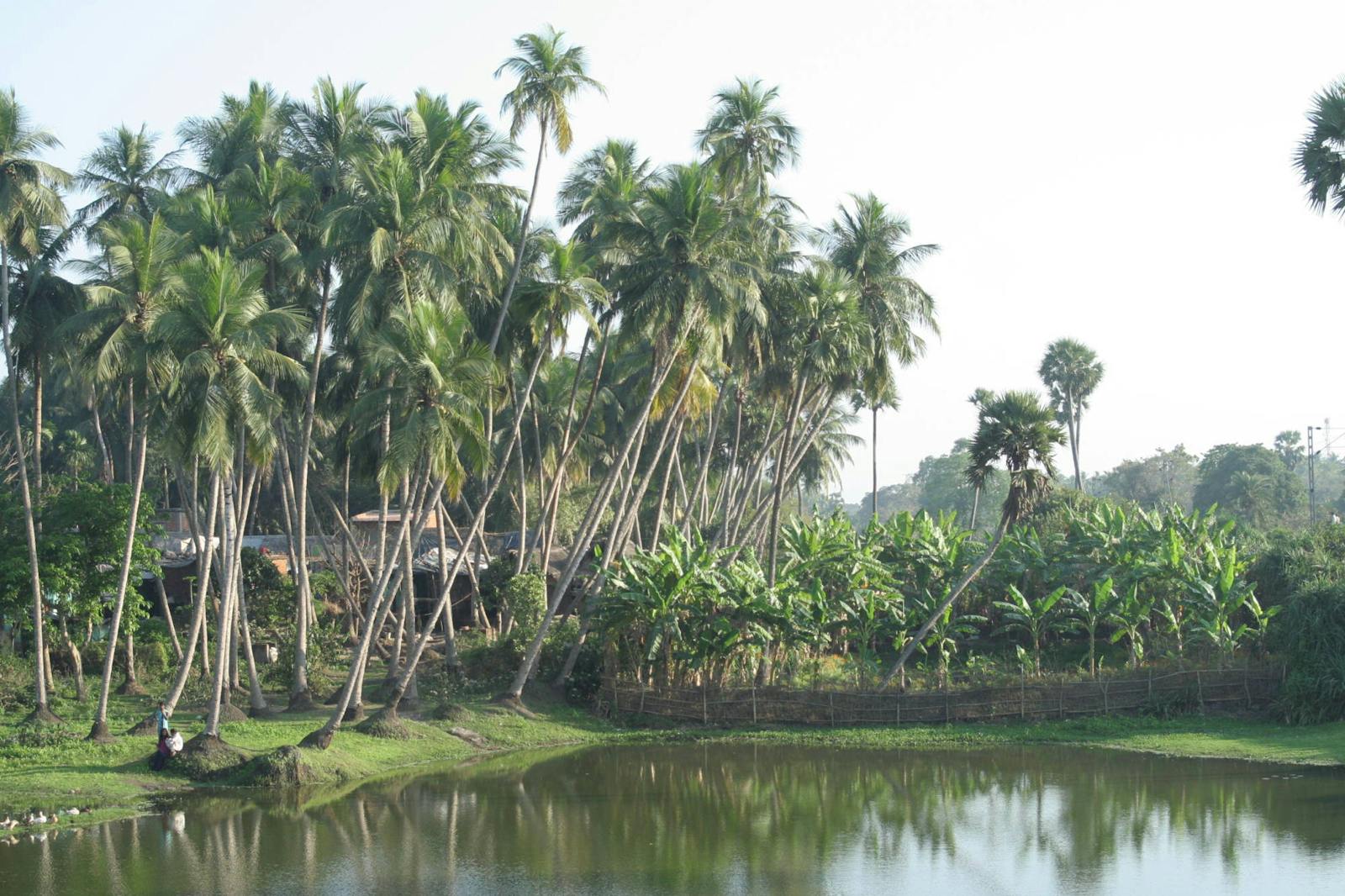Orissa Semi-Evergreen Forests
The ecoregion’s land area is provided in units of 1,000 hectares. The protection goal is the Global Safety Net (GSN1) area for the given ecoregion. The protection level indicates the percentage of the GSN goal that is currently protected on a scale of 0-10.
Bioregion: Northern Deccan & Odisha Tropical Forests (IM7)
Realm: Indomalaya
Ecoregion Size (1000 ha):
2,234
Ecoregion ID:
261
Conservation Target:
7%
Protection Level:
10
States: India
Chilka Lake, India’s first Ramsar site, annually attracts an astounding 2 million birds, especially migratory waterfowl that arrive from Central Asia’s Caspian Sea, Baikal Lake, and other remote regions of Russia, Mongolia, and the Middle East. These winter migrants that flock to Chilka Lake include rare and endangered species requiring urgent conservation attention.
Orissa is also a hotspot for endemic species that are only known from very small sites. These animals include small, cryptic, but fascinating biological curiosities, like the Barkud limbless skink, a Critically Endangered lizard. It was first described in 1917 but not recorded thereafter until it was ‘rediscovered’ in 2003. Little is known about this skink, except that it is restricted to Barkud Island in Chilka Lake, where it hides burrowed into the soil.
.jpg)
The flagship species of the Orissa Semi-Evergreen Forests ecoregion is the lesser florican. Image credit: Koshy Koshy, Creative Commons
Like all other ecoregions of the Deccan Plateau, the flora and fauna of the Orissa Semi-Evergreen Rain Forests ecoregion has an ancient geological lineage with Gondwanaland origins, but now represents the forests along the low hills in the northeastern Indian State of Orissa. The forests bear the brunt of the full force of the southwestern monsoon winds that sweep in from the Bay of Bengal. The monsoon rains and the ameliorating effect of the elevation and proximity to the ocean create moister, milder climatic conditions all year, relative to the other more arid areas of the Deccan Peninsula.
The climate has a significant influence on the vegetation, and five distinct forms are recognizable based on the dominant tree species. All of them are represented by Sal, or Shorea robusta, a tall hardwood tree species that is found in almost all dry and semi evergreen forests in the northern parts of the Indian subcontinent and lower Himalayan Mountains. The ‘typical’ tree community of these forests include species of Artocarpus, Michelia, Bridelia, Ficus, and Mangifera. The last two are figs and mangoes respectively. Patches of canebrakes and bamboo brakes break up the homogeneity of the forests.
The 60 mammal species known from the ecoregion includes several threatened species, especially tiger, Asian elephant, large herds of Indian bison or gaur, wild dogs, and sloth bear that require urgent conservation attention. The forests along the higher elevations are considered important dispersal corridor for tigers and leopards from an important reserve, Simlipal, that spans from the north all the way to the south of Orissa.
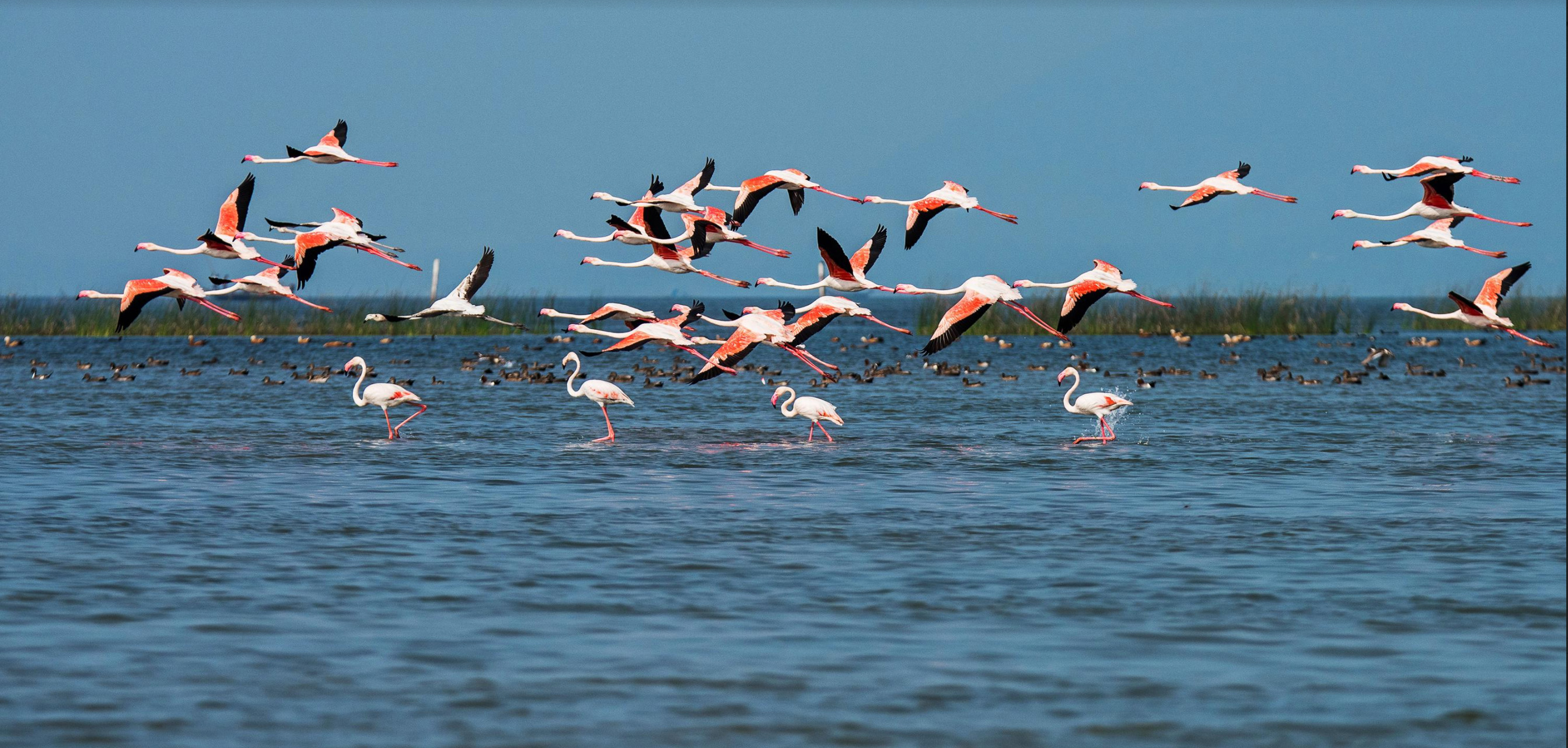
Greater flamingos. Image credit: Government of Odisha, Creative Commons
Bird richness is relatively higher; more than 215 species have been recorded from here. The list includes the globally threatened lesser florican, the only species in the genus Sypheotides. This large bird lives in tall grasslands, and has a very characteristic breeding display where the males make high leaping flights. Other birds that deserve conservation attention include the oriental darter or snakebird, which has a very long neck and long pointed beak that it uses like a spear gun to impale fish underwater. Flocks of snakebirds basking in the sun with wings spread wide to dry offer an impressive sight, and complement the greater flamingos that migrate to Chilka Lake and the white-bellied sea eagles.
Most of the ecoregion’s forests have been cleared, and the remaining is now scattered as fragments. The protected areas cover about 1,500 km2. Continuing expansion of settlements and grazing pressure from domestic livestock are the primary threats to the remaining forests.
Thus, the conservation priorities are to: 1) restore degraded areas, especially those critical for elephant and tiger movements; 2) provide alternative economic benefits as incentives to local communities that engage in forest exploitation and grazing to conserve forests; and 3) expand the protect area network and its connectivity in the ecoregion to cover the remaining habitats.
Citations
1. Wikramanayake, E, E. Dinerstein, et al. 2002. Terrestrial Ecoregions of the Indo-Pacific: A Conservation Assessment. Island Press.
2. Mishra, R.K., Upadhyay, V.P. and Mohanty, R.C., 2008. Vegetation ecology of the Similipal biosphere reserve, Orissa, India. Applied ecology and environmental research, 6(2), pp.89-99.
3. Pattanaik, C., Reddy, C.S. and Murthy, M.S.R., BIODIVERSITY RICH AREAS OF ORISSA: A NEED FOR CONSERVATION. https://bit.ly/2XcXrlt
